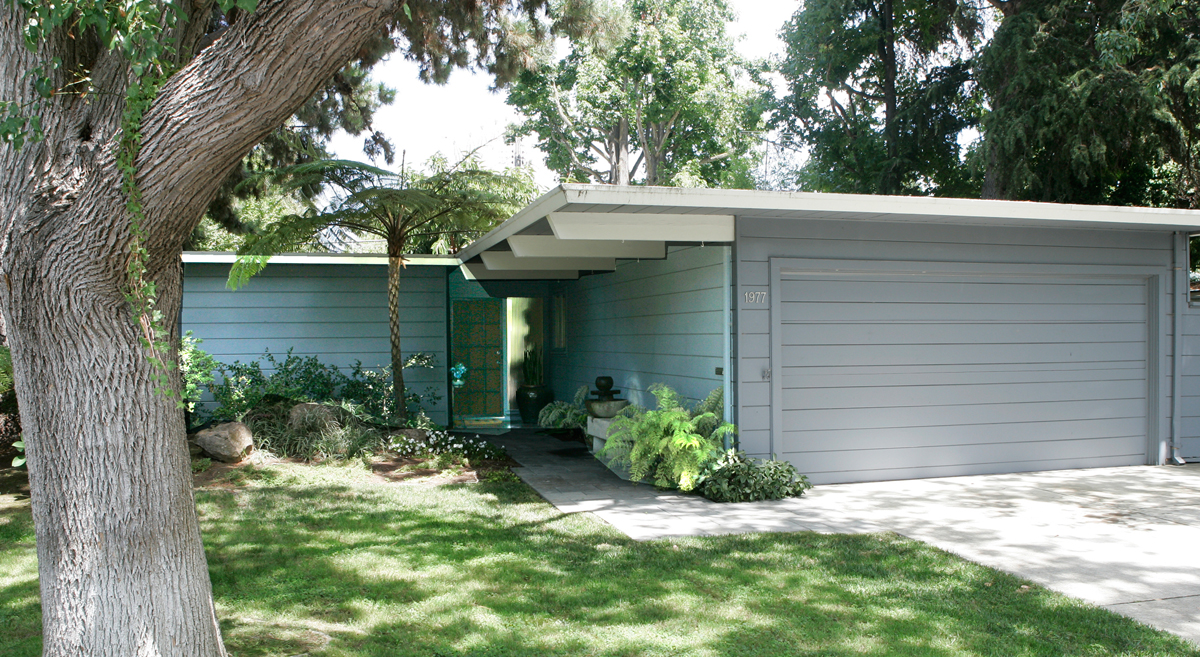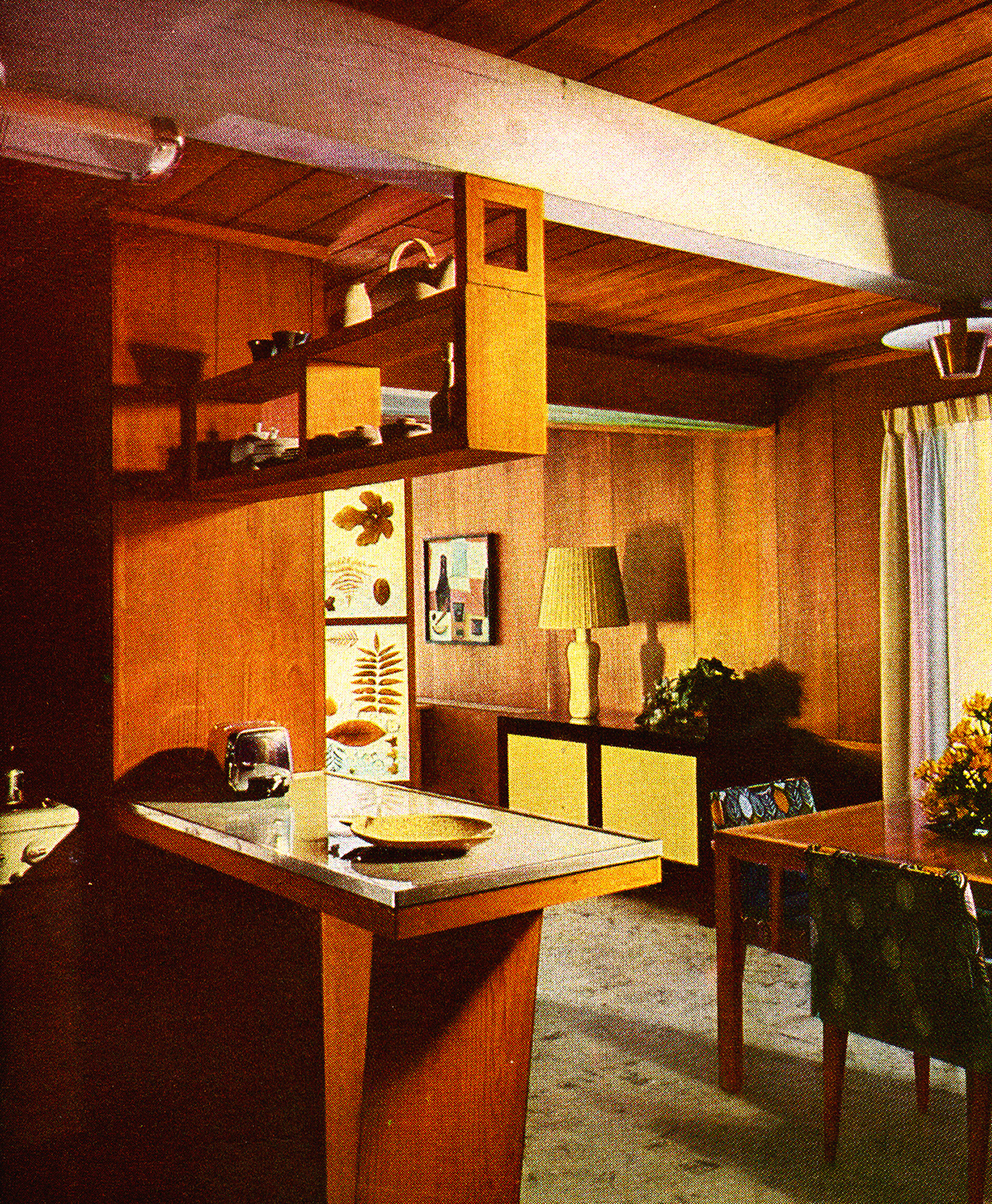National Register No-show - Page 3
 |
 |
|
|
Hamilton says Greenmeadow has done an excellent job of preserving neighborhood appearance, and neighborhood cohesion, because of "local democracy" as exemplified by its homeowners association, which formed to acquire the park, pool, and community center Joe Eichler had built in the neighborhood back in the mid-1950s.
And, he points out, the covenants, conditions, and restrictions (CC&Rs) that come with each deed "have language that says each owner must maintain the harmony of design of the original Eichlers. That has carried far more weight than whatever effect there was from being on the National Register."
Moreover, Hamilton says, in the early 1990s a community leader worked with the city of Palo Alto to institute a single-story overlay to prohibit any second-story additions. "That had more impact on the community than being put on the National Register," he says.
Patrick Everett, an architect and association board member at Greenmeadow, agrees that the single-story overlay zoning has protected the neighborhood more than national designation could.
"Being on the national historic Register actually has no bearing on remodels or new construction as far as the City is required," he says, adding, "Palo Alto had its own list of homes that are designated as having historical significance, but Greenmeadow is not included in this list."
"As our community embarks on a possible rehabilitation and expansion of our community pool, being on the national historic registry might play a role, but as yet we haven't determined what, if any, advantages or disadvantages this might have," he says.
In Green Gables, says Jinny Henke, a 30-year resident who knows most of her neighbors, many people don't even know the neighborhood is on the Register—especially the many newcomers over the past ten years.
There was no neighborhood celebration when Green Gables made the Register, she says. There is at least one bronze plaque in the neighborhood marking that the homes are on the Register. It is in the Henke home, bought by her husband a decade ago and kept on a shelf.
Henke notes that her neighborhood remains well maintained and largely intact, though with a few second-story additions. Another reason for the dearth of National Register applications is simply the amount of work required—although any later applicants could save considerable time by borrowing from Historic Quest's extensive written research into Eichlers and their place in the mid-20th century history.
Brisco suggests few neighborhoods seek Register status because, "It is an extraordinary amount of work, and very few neighborhoods are sufficiently unaltered to have any hope of being successful in getting on the National Register."




